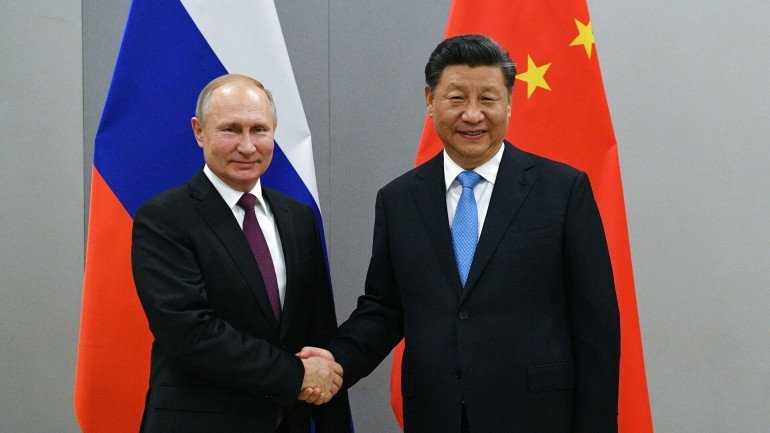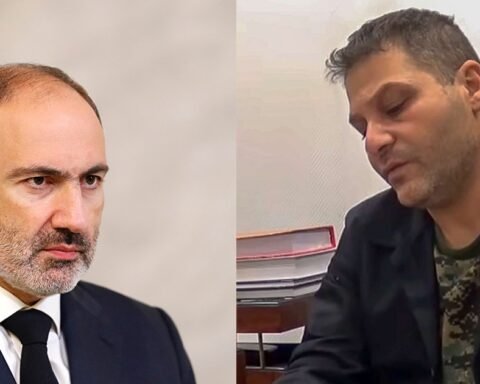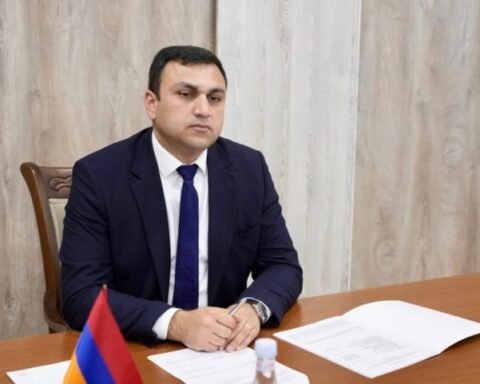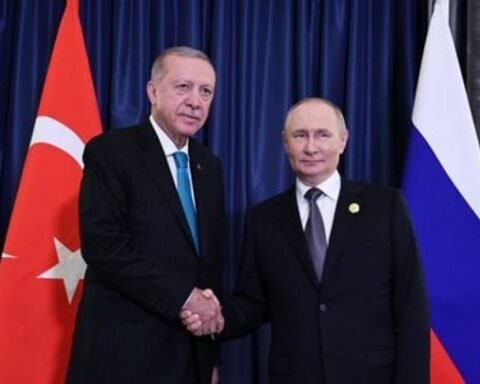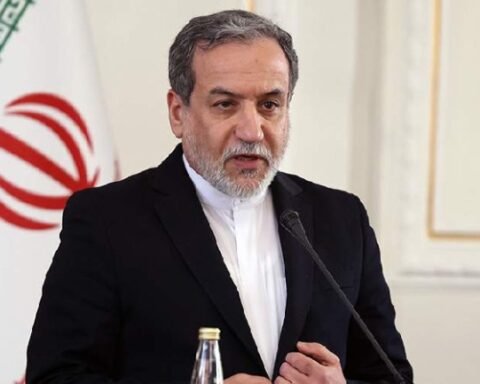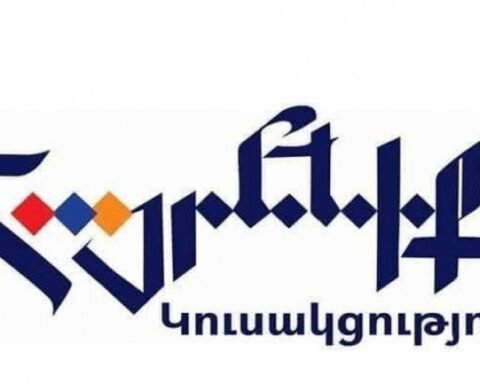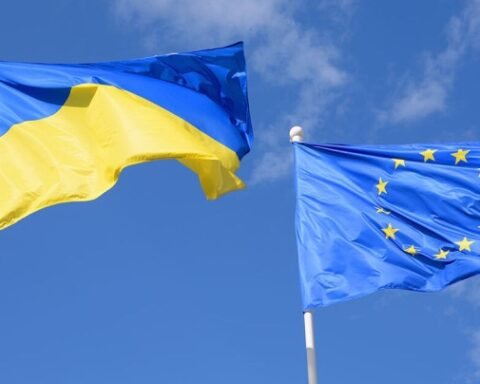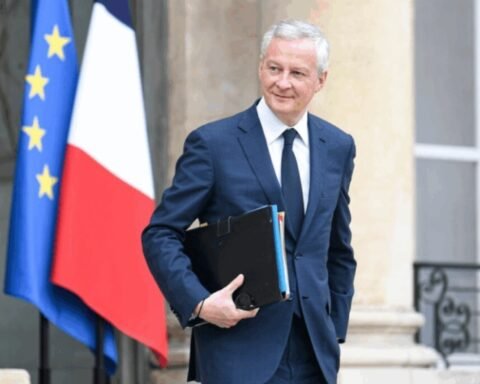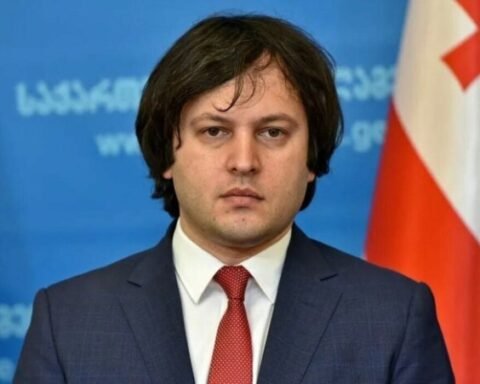Russian President Vladimir Putin has wrapped up an intensive four-day diplomatic visit to China, engaging in what observers are calling one of the most demanding international schedules of his presidency.
The Russian leader maintained direct contact with heads of state and government officials from seventeen nations throughout the visit. Official records indicate Putin’s working hours far exceeded conventional diplomatic protocols, totaling approximately forty-eight hours over the four-day period.
The president’s schedule reached its peak during the Shanghai Cooperation Organization summit events, where his working day extended to sixteen hours. Subsequent days maintained similarly grueling paces, with September 2 exceeding fourteen working hours and September 3 beginning with early morning commemorations of the 80th anniversary of the end of World War II and concluding with a late evening press conference.
The diplomatic agenda covered a comprehensive range of global issues. Beyond the central topics of SCO development and Russo-Chinese relations, discussions consistently addressed the conflict in Ukraine, Iran’s nuclear program, and regional dynamics in the Middle East and Caucasus.
Putin conducted formal bilateral meetings with numerous world leaders including the presidents of China, Turkey, Iran, Pakistan, Serbia, Uzbekistan, Belarus, the Republic of Congo, Vietnam, and North Korea. The meeting with North Korean leadership ranked as the second most extensive engagement after discussions with Chinese officials.
The diplomatic intensity extended beyond scheduled meetings, with numerous informal exchanges occurring during summit events and commemorative ceremonies. These included brief discussions with Indonesia’s leadership, Turkey’s foreign minister, and descendants of Soviet military commanders.
Concluding the extensive diplomatic mission, President Putin engaged with Russian media representatives for nearly an hour, fielding questions about the visit’s outcomes and broader international developments.


